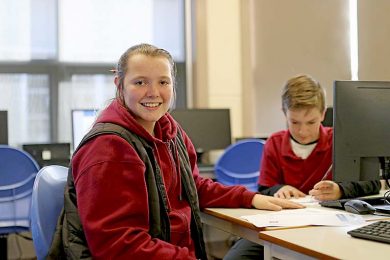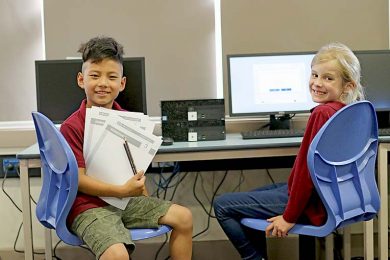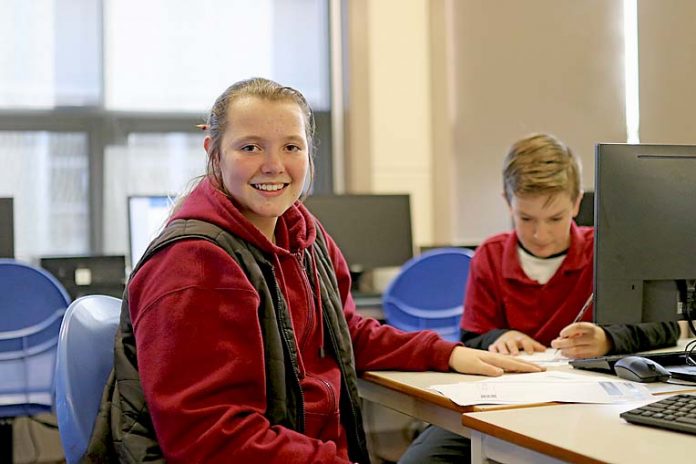
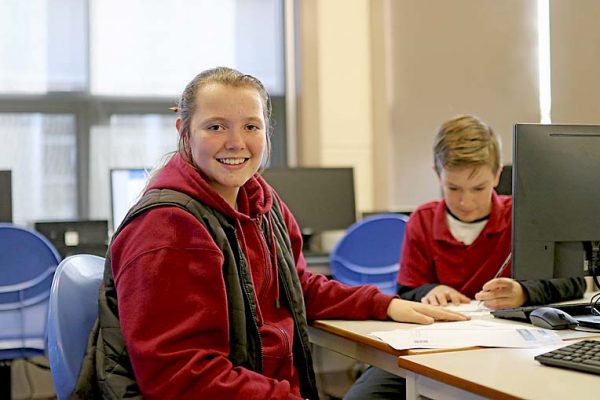
A LARGE number of South East students swapped pen and paper for a keyboard and computer screen as the National Assessment Program – Literacy and Numeracy (NAPLAN) testing started yesterday.
Limestone Coast students formed part of the 82,000 students in Years 3, 5, 7 and 9 across South Australia who sat the first of four NAPLAN tests online yesterday, a four-fold increase on last year.
While the large-scale rollout of the digital testing method has hit several technical glitches across the state, Limestone Coast education director Adam Box said the region’s schools have welcomed the new strategies with open arms.
“Our schools are following procedures and policies and all parts of the tests available online,” he said.
“I think as kids are technological beings, children may be more comfortable with an online test rather than written components.
“I have not been inundated with phone calls as of yet so there does not seem to be any complications.”
The tests assess students across four domains including reading, writing, language conventions (spelling, grammar and punctuation) and numeracy.
Melaleuca Park Primary School deputy principal and NAPLAN coordinator Matt Crowden said although the school has had a “rocky road” over the past six months preparing for the testing, everything ran smoothly yesterday.
“The department gave us school funding to upgrade systems due to numerous complications during the readiness tests online,” he said.
“We upgraded our WiFi networking and computers for NAPLAN but it will also benefit other school learning activities.
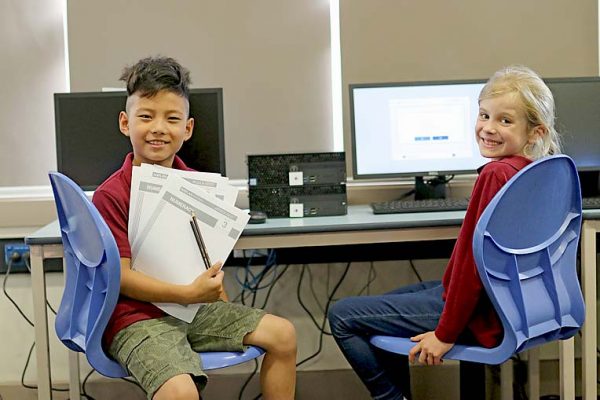
“In the end we received over $20,000s plus another $30,000 of our own funding for new computers.”
Mr Crowden said the Year 3 writing assessment was the only hard copy test completed across all four year levels.
Students have prepared for the four tests by completing practice tests both online and in hard copy, as well as specific learning in their numeracy and literacy classes.
Mr Crowden said he witnessed a reduction in anxiety and stress as the day progressed.
“Some of the students are self-conscious of their handwriting and spelling so typing helps a touch,” he said.
“Children are tech-savy these days so I think they feel more comfortable.
“Once students have sat the test, they realise it is generic and everyone else is completing it as well.”
Mr Crowden said the online tests were easily-modified to suit children’s needs.
“If we know kids who can not handle sitting down for 45 minutes, we can schedule in breaks or modify the structure to suit their needs,” he said.
“It is difficult to implement the same strategies with a hard copy.
“Although it we were sent hard copies of the test this year just in cast the online system failed, I also think in the long-run it will be of benefit to the environment.”
Mr Box said the education department would look to survey schools once testing is completed to review if the online components were effective and efficient.
“Reviewing is important so we can work on the testing in years to come,” Mr Box said.
“As we always say NAPLAN is just one learning measure for students but we do hope for improved results over a prolonged period.”
South Australia is working towards transitioning all schools to NAPLAN online by 2020.

